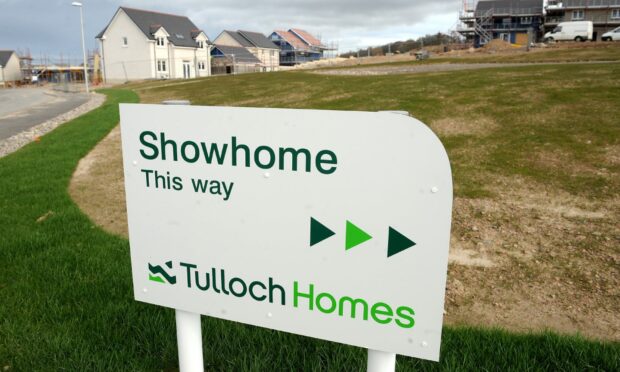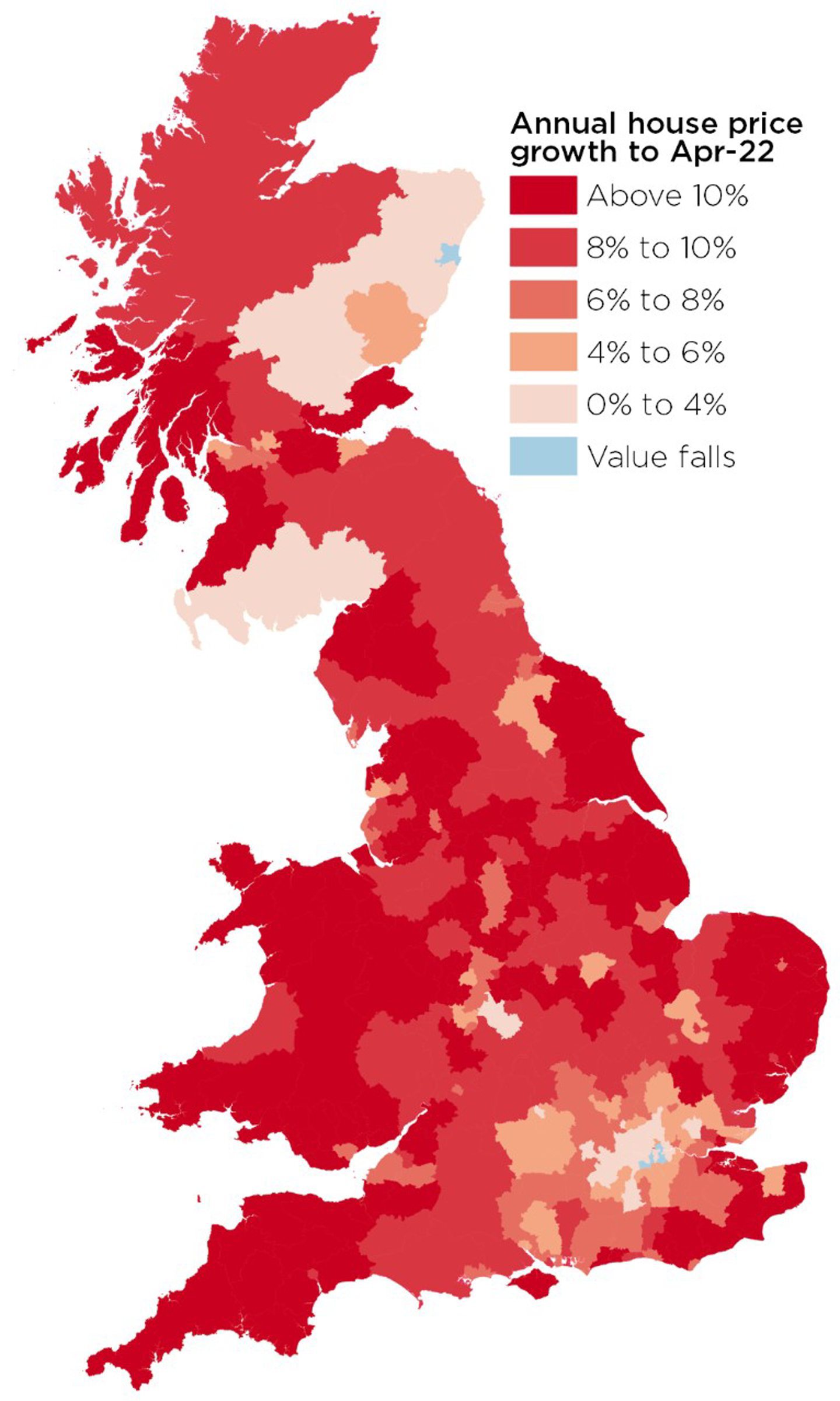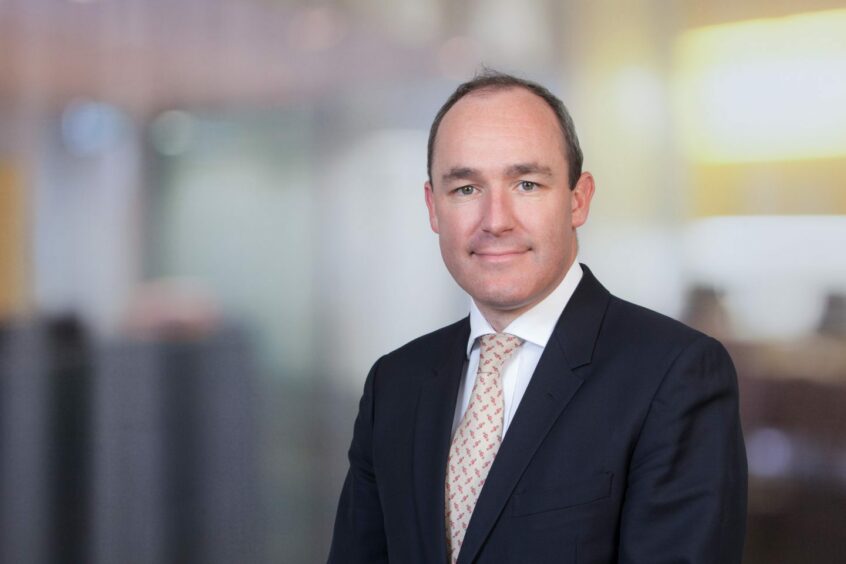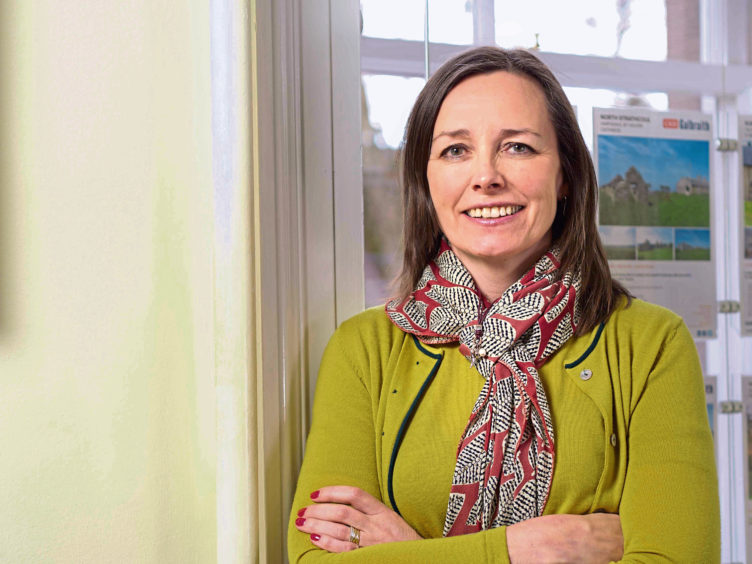It has been a bumper year for the Highland housing market.
And according to property experts, we shouldn’t expect it to end just yet.
That’s despite a number of potential roadblocks on the horizon for the market.
The cost of living crisis, soaring energy bills and rising interest rates all threaten to puncture the housing bubble.
And for the many would-be buyers who have been priced out of the market, that’s exactly what they want to see happen.
But with demand still so high, it’s not looking likely.
Why is the Highland housing market still so buoyant?
Lockdown changed things.
The easing of restrictions unleashed an unprecedented demand for more space.
Extra bedrooms were needed for home offices. As millions saved on costly commutes, it suddenly made a lot more sense to find a new place with a bigger garden.
Two and a bit years down the line, it looks like there’s no putting the genie back in the bottle.
Rural locations suddenly became a lot more appealing and according to the latest sales data, it appears we’re still catching up.
A total of 4,732 properties changed hands in the Highlands between July 2021 and July 2022 – the highest amount over a 12-month period since the crash of 2008.
The average price of a house has gone up by £28,000 in three years, and now sits at £214,000.
According to estate agent Savills, there may be a slowdown on the way.
But the continuing imbalance between supply and demand will drive further short-term price growth until the end of the year.
‘I don’t see that demand disappearing’
Savills’ prediction is for house prices to rise 8.5% across 2022.
Pressure on household incomes will bite in 2023 – but only to the tune of a predicted 1% drop in the average price.
The estate agent’s projection then has Scottish prices rising again in 2024, 2025 and 2026, leaving them 20.5% higher than they were in 2021.
Cameron Ewer, Savills’ head of Scotland residential sales, said the quality of life and affordability arguments will keep Highland properties coveted.
He said: “The demand is coming from people that are looking to make important lifestyle changes, based on their experience of the pandemic and lockdown.
“I don’t see that demand disappearing.
“Many of these buyers are looking to buy and sell in the same geographical markets and not looking for significant changes in their funding situation.
“If the differential remains the same and the impetus behind the move remains, then ultimately the result will be another transaction.”
What about the market in Inverness?
Inverness has not been an outlier in the housing market either.
There were more than 1,500 sales between July 2021 and July 2022.
The average price of a home in the Highland capital has increased by £22,000 in the last three years.
From £187,000 in 2019, it now sits at £209,000.
Homes in-demand areas like Crown, Lochardil and Balloch have left estate agents’ phones ringing off the hook.
One three-bed property in the city’s Grigor Drive recently sold for £401,000 – a whopping £96,000 over its £305,000 asking price.
The new build market has been strong too.
Its average price leapt from £228,000 in 2019 to £261,000 in 2022.
Phiddy Robertson, who leads Galbraith’s team for Inverness and the Highlands, said there had been a very high demand in the last two years.
One of the firm’s clients has been looking for seven years.
She said: “Demand has outpaced supply and that continues to be the case.
“Currently, confidence abounds. It seems likely that the relatively limited supply and the strong demand will continue.
“Certainly to the end of this year. There may be a slight price adjustment in 2023, but it will depend on a mix of factors including the cost of borrowing and wider economic pressures.”
With so many people still keen to move, there appears to be no easy solution for house-hunters.
Without a huge number of new houses suddenly appearing, demand will still far outstrip supply.
Next year’s slowdown should offer some relief but the smart money says we will still be talking about how crazy the market is for years to come.




Conversation